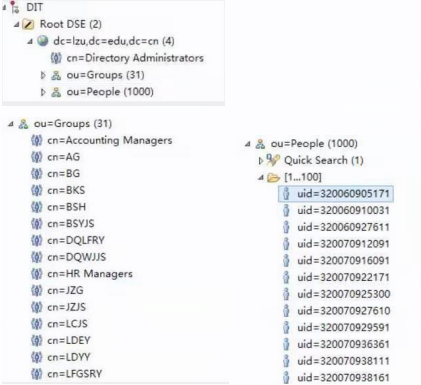目录
1.矩阵键盘介绍编辑
2.扫描的概念
3.代码演示(读取矩阵键盘键码)
4.矩阵键盘密码锁
1.矩阵键盘介绍
为了减少I/O口的占用,通常将按键排列成矩阵形式,采用逐行或逐列的 “扫描”,就可以读出任何位置按键的状态
2.扫描的概念
1)数码管扫描(输出扫描)原理:显示第1位→显示第2位→显示第3位→……,然后快速循环这个过程,最终实现所有数码管同时显示的效果
2)矩阵键盘扫描(输入扫描):原理:读取第1行(列)→读取第2行(列) →读取第3行(列) → ……,然后快速循环这个过程,最终实现所有按键同时检测的效果
3)扫描方式的共性:节省I/O口
如果按行扫描,首行接GND(接地),其余行接高电平(同一时间只有一行或一列为0),判断P13 P12 P11 P10,如果为0 ,则为按下,为1为未按下(检测低电平 弱上拉),从第一行到第四行结束
(初始是高电位(1),按下开关电路接通,从高电位到低电位,产生电流,另一端电位就也变0了,就和水流一样,开关是阀门,电位是水位)
3.代码演示(读取矩阵键盘键码)
#include <REGX52.H> //main.c
#include"Delay.h"
#include"LCD1602.h"
#include"Matrikey.h"
unsigned char KeyNumber;
void main()
{
LCD_Init(); //初始化
LCD_ShowString(1,1,"Helloword"); //在第一行打印 "Helloword"
while(1)
{
KeyNumber=Matrikey();
if(KeyNumber) //if判断使KeyNumber一直显示而不会因为while()循环使
//KeyNumber被从新变成0
{
LCD_ShowNum(2,1,KeyNumber,2); //在第二行打印宽度为2的KeyNumber
}
}
}
#include <REGX52.H> //Delay.c
void Delay(unsigned int xms) //Delay()延时函数
{
unsigned char i, j;
while(xms) //xms ms
{
i = 2;
j = 239;
do
{
while (--j);
} while (--i);
xms--;
}
}
#ifndef __Delay_H //防止重定义
#define __Delay_H
void Delay(unsigned int xms); //函数声明
#endif#include <REGX52.H>
//引脚配置: //LCD1602.c
sbit LCD_RS=P2^6; //江协科技
sbit LCD_RW=P2^5;
sbit LCD_EN=P2^7;
#define LCD_DataPort P0
//函数定义:
/**
* @brief LCD1602延时函数,12MHz调用可延时1ms
* @param 无
* @retval 无
*/
void LCD_Delay()
{
unsigned char i, j;
i = 2;
j = 239;
do
{
while (--j);
} while (--i);
}
/**
* @brief LCD1602写命令
* @param Command 要写入的命令
* @retval 无
*/
void LCD_WriteCommand(unsigned char Command)
{
LCD_RS=0;
LCD_RW=0;
LCD_DataPort=Command;
LCD_EN=1;
LCD_Delay();
LCD_EN=0;
LCD_Delay();
}
/**
* @brief LCD1602写数据
* @param Data 要写入的数据
* @retval 无
*/
void LCD_WriteData(unsigned char Data)
{
LCD_RS=1;
LCD_RW=0;
LCD_DataPort=Data;
LCD_EN=1;
LCD_Delay();
LCD_EN=0;
LCD_Delay();
}
/**
* @brief LCD1602设置光标位置
* @param Line 行位置,范围:1~2
* @param Column 列位置,范围:1~16
* @retval 无
*/
void LCD_SetCursor(unsigned char Line,unsigned char Column)
{
if(Line==1)
{
LCD_WriteCommand(0x80|(Column-1));
}
else if(Line==2)
{
LCD_WriteCommand(0x80|(Column-1+0x40));
}
}
/**
* @brief LCD1602初始化函数
* @param 无
* @retval 无
*/
void LCD_Init()
{
LCD_WriteCommand(0x38);//八位数据接口,两行显示,5*7点阵
LCD_WriteCommand(0x0c);//显示开,光标关,闪烁关
LCD_WriteCommand(0x06);//数据读写操作后,光标自动加一,画面不动
LCD_WriteCommand(0x01);//光标复位,清屏
}
/**
* @brief 在LCD1602指定位置上显示一个字符
* @param Line 行位置,范围:1~2
* @param Column 列位置,范围:1~16
* @param Char 要显示的字符
* @retval 无
*/
void LCD_ShowChar(unsigned char Line,unsigned char Column,char Char)
{
LCD_SetCursor(Line,Column);
LCD_WriteData(Char);
}
/**
* @brief 在LCD1602指定位置开始显示所给字符串
* @param Line 起始行位置,范围:1~2
* @param Column 起始列位置,范围:1~16
* @param String 要显示的字符串
* @retval 无
*/
void LCD_ShowString(unsigned char Line,unsigned char Column,char *String)
{
unsigned char i;
LCD_SetCursor(Line,Column);
for(i=0;String[i]!='\0';i++)
{
LCD_WriteData(String[i]);
}
}
/**
* @brief 返回值=X的Y次方
*/
int LCD_Pow(int X,int Y)
{
unsigned char i;
int Result=1;
for(i=0;i<Y;i++)
{
Result*=X;
}
return Result;
}
/**
* @brief 在LCD1602指定位置开始显示所给数字
* @param Line 起始行位置,范围:1~2
* @param Column 起始列位置,范围:1~16
* @param Number 要显示的数字,范围:0~65535
* @param Length 要显示数字的长度,范围:1~5
* @retval 无
*/
void LCD_ShowNum(unsigned char Line,unsigned char Column,unsigned int Number,unsigned char Length)
{
unsigned char i;
LCD_SetCursor(Line,Column);
for(i=Length;i>0;i--)
{
LCD_WriteData(Number/LCD_Pow(10,i-1)%10+'0');
}
}
/**
* @brief 在LCD1602指定位置开始以有符号十进制显示所给数字
* @param Line 起始行位置,范围:1~2
* @param Column 起始列位置,范围:1~16
* @param Number 要显示的数字,范围:-32768~32767
* @param Length 要显示数字的长度,范围:1~5
* @retval 无
*/
void LCD_ShowSignedNum(unsigned char Line,unsigned char Column,int Number,unsigned char Length)
{
unsigned char i;
unsigned int Number1;
LCD_SetCursor(Line,Column);
if(Number>=0)
{
LCD_WriteData('+');
Number1=Number;
}
else
{
LCD_WriteData('-');
Number1=-Number;
}
for(i=Length;i>0;i--)
{
LCD_WriteData(Number1/LCD_Pow(10,i-1)%10+'0');
}
}
/**
* @brief 在LCD1602指定位置开始以十六进制显示所给数字
* @param Line 起始行位置,范围:1~2
* @param Column 起始列位置,范围:1~16
* @param Number 要显示的数字,范围:0~0xFFFF
* @param Length 要显示数字的长度,范围:1~4
* @retval 无
*/
void LCD_ShowHexNum(unsigned char Line,unsigned char Column,unsigned int Number,unsigned char Length)
{
unsigned char i,SingleNumber;
LCD_SetCursor(Line,Column);
for(i=Length;i>0;i--)
{
SingleNumber=Number/LCD_Pow(16,i-1)%16;
if(SingleNumber<10)
{
LCD_WriteData(SingleNumber+'0');
}
else
{
LCD_WriteData(SingleNumber-10+'A');
}
}
}
/**
* @brief 在LCD1602指定位置开始以二进制显示所给数字
* @param Line 起始行位置,范围:1~2
* @param Column 起始列位置,范围:1~16
* @param Number 要显示的数字,范围:0~1111 1111 1111 1111
* @param Length 要显示数字的长度,范围:1~16
* @retval 无
*/
void LCD_ShowBinNum(unsigned char Line,unsigned char Column,unsigned int Number,unsigned char Length)
{
unsigned char i;
LCD_SetCursor(Line,Column);
for(i=Length;i>0;i--)
{
LCD_WriteData(Number/LCD_Pow(2,i-1)%2+'0');
}
}
#ifndef __LCD1602_H__ //防止重定义
#define __LCD1602_H__ //江协科技
//用户调用函数:
void LCD_Init();
void LCD_ShowChar(unsigned char Line,unsigned char Column,char Char);
void LCD_ShowString(unsigned char Line,unsigned char Column,char *String);
void LCD_ShowNum(unsigned char Line,unsigned char Column,unsigned int Number,unsigned char Length);
void LCD_ShowSignedNum(unsigned char Line,unsigned char Column,int Number,unsigned char Length);
void LCD_ShowHexNum(unsigned char Line,unsigned char Column,unsigned int Number,unsigned char Length);
void LCD_ShowBinNum(unsigned char Line,unsigned char Column,unsigned int Number,unsigned char Length);
#endif
#include <REGX52.H>
#include"Delay.h" //列
unsigned char Matrikey()
{
unsigned char KeyNumber=0;
P1=0xff; //1 1 1 1 1 1 1 1
P1_3=0; //1 1 1 1 0 1 1 1 第一列
if(P1_7==0){Delay(20);while(P1_7==0);Delay(20);KeyNumber=1;}//消抖 按下为零
if(P1_6==0){Delay(20);while(P1_7==0);Delay(20);KeyNumber=5;}//松手后显示新的KeyNumbe
if(P1_5==0){Delay(20);while(P1_7==0);Delay(20);KeyNumber=9;}//否则会在while()中不断循环
if(P1_4==0){Delay(20);while(P1_7==0);Delay(20);KeyNumber=13;}
P1=0xff;
P1_2=0; //1 1 1 1 1 0 1 1 第二列
if(P1_7==0){Delay(20);while(P1_7==0);Delay(20);KeyNumber=2;}
if(P1_6==0){Delay(20);while(P1_7==0);Delay(20);KeyNumber=6;}
if(P1_5==0){Delay(20);while(P1_7==0);Delay(20);KeyNumber=10;}
if(P1_4==0){Delay(20);while(P1_7==0);Delay(20);KeyNumber=14;}
P1=0xff;
P1_1=0; //1 1 1 1 1 1 0 1 第三列
if(P1_7==0){Delay(20);while(P1_7==0);Delay(20);KeyNumber=3;}
if(P1_6==0){Delay(20);while(P1_7==0);Delay(20);KeyNumber=7;}
if(P1_5==0){Delay(20);while(P1_7==0);Delay(20);KeyNumber=11;}
if(P1_4==0){Delay(20);while(P1_7==0);Delay(20);KeyNumber=15;}
P1=0xff;
P1_0=0; //1 1 1 1 1 1 1 0 第四列
if(P1_7==0){Delay(20);while(P1_7==0);Delay(20);KeyNumber=4;}
if(P1_6==0){Delay(20);while(P1_7==0);Delay(20);KeyNumber=8;}
if(P1_5==0){Delay(20);while(P1_7==0);Delay(20);KeyNumber=12;}
if(P1_4==0){Delay(20);while(P1_7==0);Delay(20);KeyNumber=16;}
return KeyNumber;
}#ifndef __MATRIKEY_H__ //防止重复定义
#define __MATRIKEY_H__
unsigned char Matrikey(); //函数声明
#endif4.矩阵键盘密码锁
#include <REGX52.H>
#include"Delay.h" //头文件和上面一样
#include"LCD1602.h"
#include"Matrikey.h"
unsigned char KeyNumber;
unsigned int Password,count;
void main()
{
LCD_Init();
LCD_ShowString(1,1,"Password");
while(1)
{
KeyNumber=Matrikey();
if(KeyNumber)
{
if(KeyNumber<=10)//输入密码
{
if(count<4) //count==4时结束
{
Password*=10;
Password+=KeyNumber%10;//把10变为 0
count++;
}
LCD_ShowNum(2,1,Password,4);//实时显示
}
if(KeyNumber==11) //确认键
{
if(Password==2345) //密码正确
{
LCD_ShowString(1,14,"OK "); //空格覆盖"ERR"的最后一个 R
Password=0;
count=0;
LCD_ShowNum(2,1,Password,4);
}
else //密码错误
{
LCD_ShowString(1,14,"ERR");
Password=0;
count=0;
LCD_ShowNum(2,1,Password,4);
}
if(KeyNumber==12) //取消键 归零
{
Password=0;
count=0;
LCD_ShowNum(2,1,Password,4);
}
}
}
}
}
谢谢观看

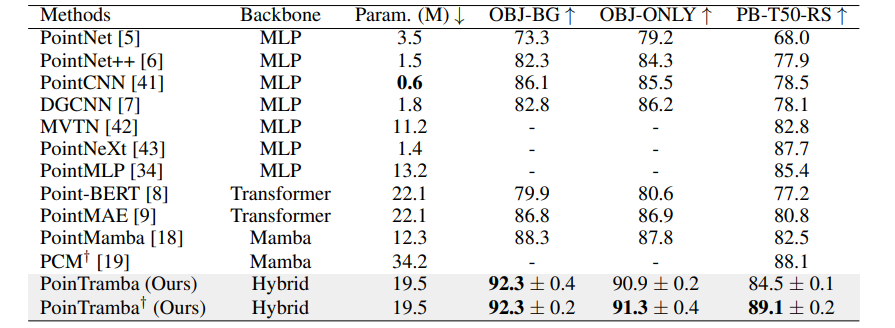

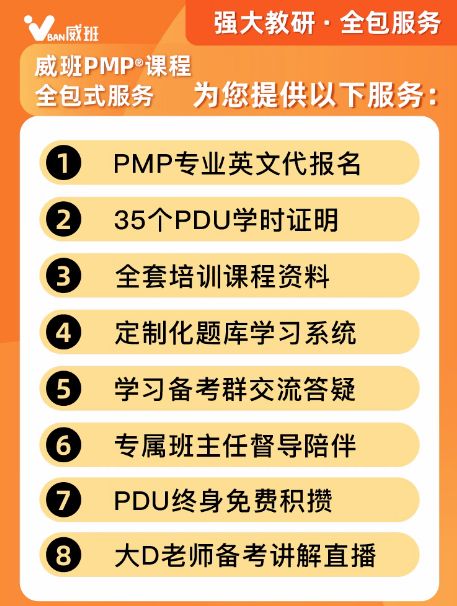






![[go-zero] 简单微服务调用](https://i-blog.csdnimg.cn/direct/b9de06b6d462431eab168ba55b2fb7d0.png)


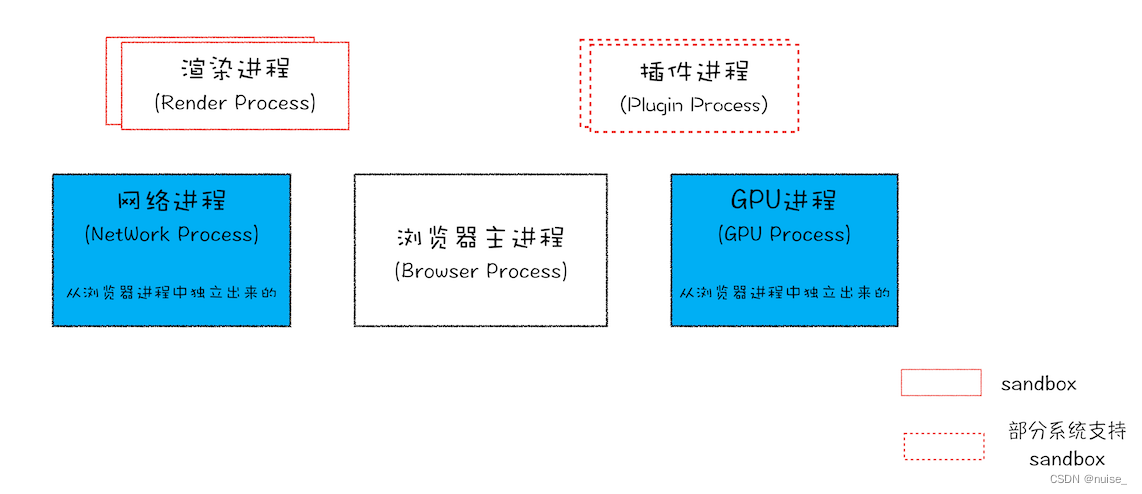

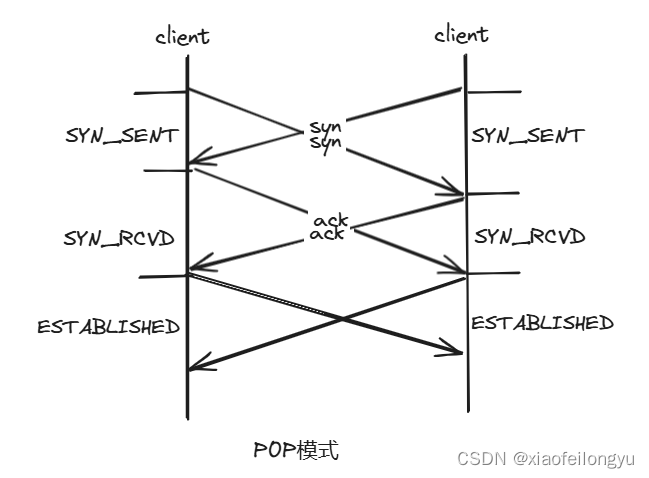


![[TensorFlow-Lite][深度学习]【快速简介-1】](https://img-blog.csdnimg.cn/direct/85ce8b3f83044f9f92214cbf51d47eb6.png)
